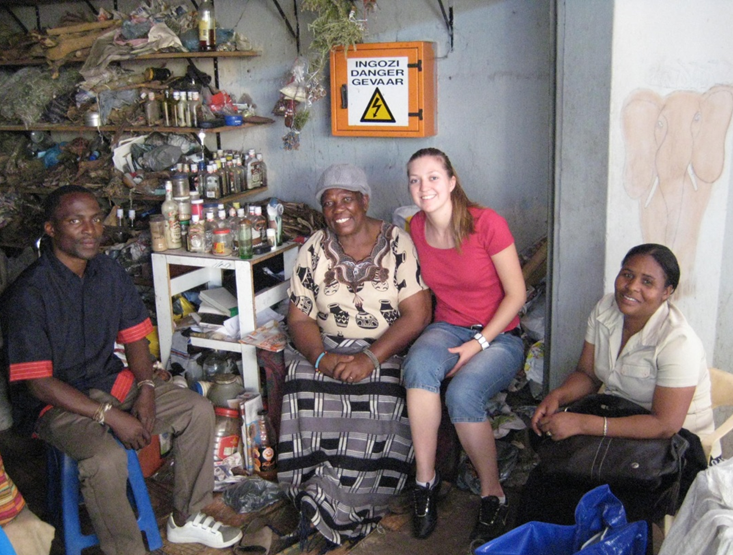Book donation boosts Iimbovane ant project
The Iimbovane Outreach Project has received a generous donation of books, which will be used to help in the teaching of biodiversity science to the high school learners.

The Iimbovane Outreach Project has received a generous donation of books, which will be used to help in the teaching of biodiversity science to the high school learners.
A recent study by C·I·B research fellow Dr Arne Witt and core team member Prof Brian van Wilgen, has found that over 50 alien plant species have established naturalised populations in the iconic Serengeti-Mara ecosystem in Kenya and Tanzania.

C·I·B core team member Marcus Byrne, along with University of Witwatersrand’s traditional medicine expert Vivienne Williams and student Ewa Wojtasik explored the viability of alien plants utilised in the South African umuthi trade and results of the study was published in the South African Journal of Botany.

A recent study, led by C·I·B Post-doc Ana Nunes, confirms the presence of established and widespread populations of the Australian redclaw crayfish in South Africa and Swaziland.

The most recent assessment suggests that the Cape platanna is Endangered, but that instead the decline being fuelled by habitat loss, it is now the threat from hybridisation, competition and predation by the African clawed frog.